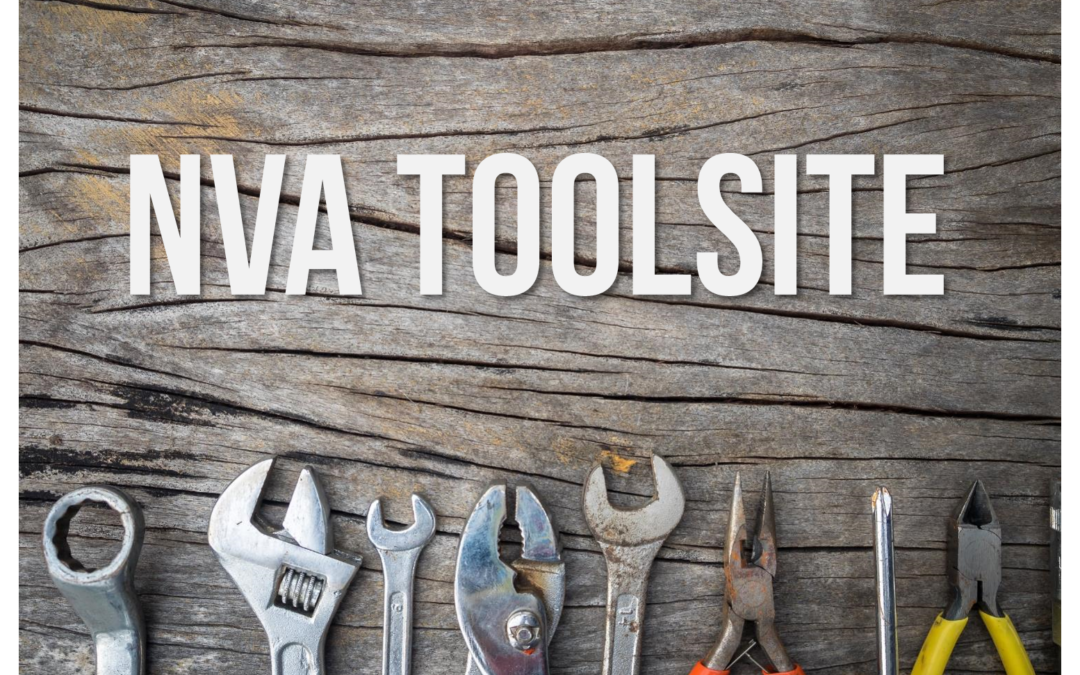One year ago today we launched the NVA Toolsite.
We built it with the hope that it would help teams embarking on food system enterprise projects better understand the local market landscape and the most important factors to consider when evaluating the viability of their endeavors. Through interacting with the tools, we envisioned that teams would refine their concepts, narrow their research focus, and structure their analysis so that in the end their planning efforts would be more effective and cost less. We also imagined that the tools could strengthen applications for planning grants through more strategic work plans and language to convey the achievability of a team’s vision.
We’re bringing it back to the forefront now because many federal grants for the upcoming fiscal year have been or will be announced shortly, with applications due in late spring / early summer. We expect the Local Food Promotion Program (LFPP) request for proposals to be released any day. On the eve of the announcement of one of the most useful grants to the Good Food movement, it’s a good time to remind our readers about the importance of planning and how to use these tools in shaping your concepts.
The tools are focused on a few of the most common types of infrastructure for local food systems—enterprises that aggregate, distribute, and process fresh produce—with variations that reflect the nature of our work and curiosity here at New Venture Advisors: rural grocery store hubs, frozen processing hubs and kitchen incubators. They are built from the standpoint of common situations our clients have been in:
- They are just starting to build the infrastructure they need in their local food system and, starting with wholesale produce aggregation (as many do), they wonder how big an operation it should be and its likelihood of success.
- They have a building that’s available or in need of redevelopment and wonder what the capacity and economics would be if it was repurposed into a kitchen incubator or wholesale food hub.
- They have a good level of aggregation and processing capacity in their region and are now contemplating frozen processing with questions about the options and economics.
- They operate a small town grocery store and are contemplating starting a wholesale produce hub on the side. They wonder how much they could add to the bottom line without making any sizable new investments.
Often we begin working with our clients by doing a high level assessment of the market and analyzing the basic economics of the enterprise they are envisioning. One of the first meaty conversations is thrashing through the questions this surfaces:
“This 3,000 square foot building could require 120 acres of production to move enough cases to break even. Are there enough specialty crop farmers in our local area to achieve this within a reasonable timeframe or should we be looking for a smaller building?”
“The commercial kitchen we have access to might only serve 24 food businesses. Is this membership big enough to have the economic impact we’re aiming for?”
“Do we have any chance of raising the ~$350K we’ll need for blast freezing equipment? If not, let’s come up with some different ideas for season extension.”
The NVA Toolsite puts the tools in your hands to do that level of thinking before you start paying consultants or spending valuable planning dollars. While you might spend just 5 minutes using the tools themselves, the tools require most users to do some work in advance, for example, researching the services they want to offer and the types of customers they want to serve.
The Local Food MarketSizerⓇ is used in a different way. Its purpose is to give a very fast and very high level quantification of supply and demand in a state or county. The tool can produce a wide range of market estimates in a few seconds. It’s really fun to use and slightly addictive.
Last year we created a six-part microblog series called the Toolsite Spotlight that explains how to use the tools. We also recorded screencasts to demonstrate the input/output functionality, and the tools themselves have very detailed instructions. You can access all of this on the NVA Toolsite.
The importance of planning
Recently I met with an executive director who had taken the reins of a program that received close to $1 million in grants, including a large LFPP grant, to launch a commercial kitchen. The new space is inspiring—all of the latest equipment and technology—but sitting mostly idle. Many years were spent imagining, shaping, organizing, designing, and building, but little time was spent planning. There is no business plan rooted in a robust market study that gives the operating team any guidance about who the customer is, potential revenue streams, operational details, or a marketing plan with strategies for drawing in new members. NVA’s Toolsite isn’t equivalent to a full business plan; however, using a tool like the Kitchen Facility HubSizerⓇ inspires exploration into each of these dimensions, revealing where the team has certainty and where it needs more research and support to build confidence in the plan and capacity within the team.
That’s why we built the tools, and why we hope you’ll use them!
Image: Teerawut Bunsom / Shutterstock



